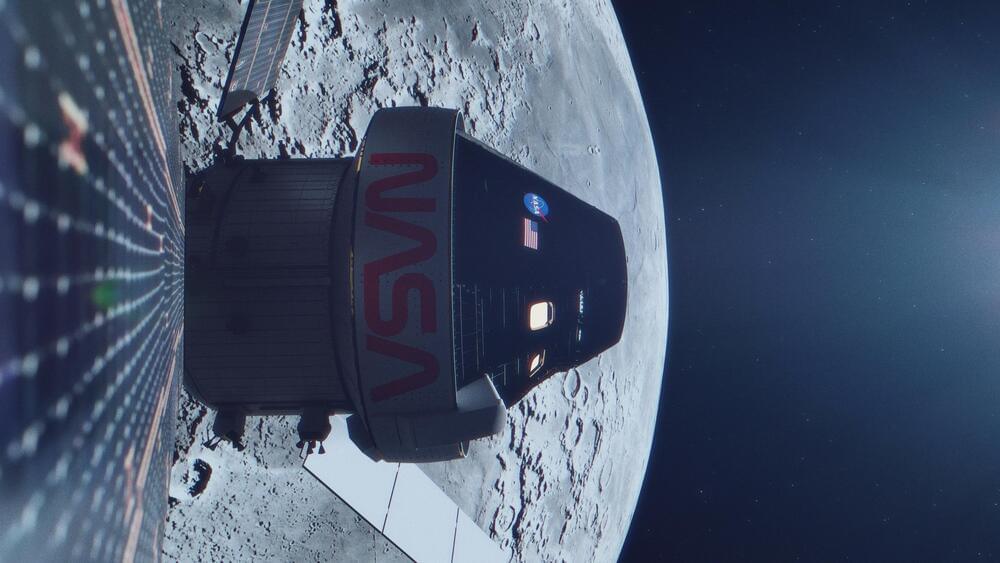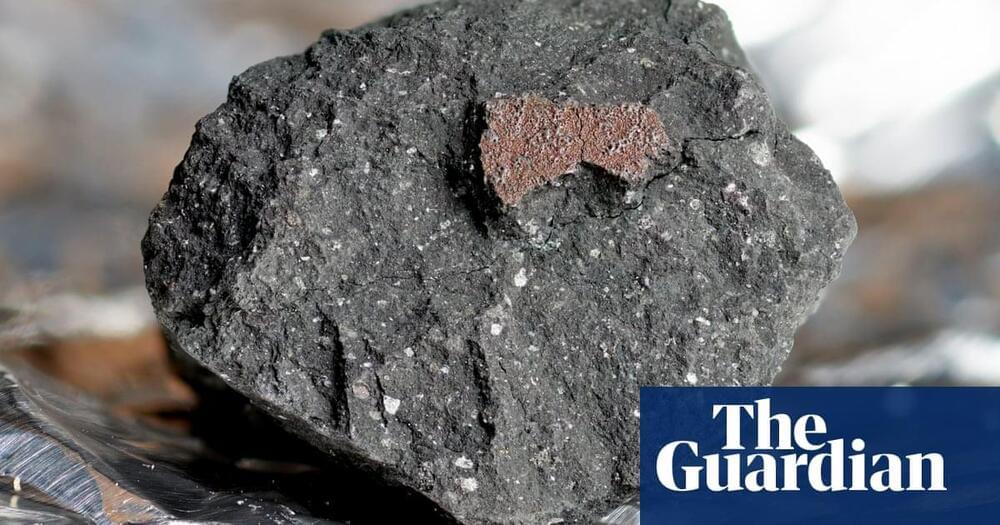The meteorites that bombarded Mars during the early days of the inner solar system may have carried enough water to create a 300-metre-deep ocean on the planet.
Martin Bizzarro at the University of Copenhagen in Denmark and his colleagues have analysed the concentration of a rare chromium isotope, known as chromium-54, in samples of meteorites that have come to Earth from Mars to estimate how much water was deposited on the Red Planet by asteroids.
The uppermost layer of Mars contains the chemical signatures of carbonaceous, or C-type, meteorites that bombarded it as its crust solidified some 4.5 billion years ago.





